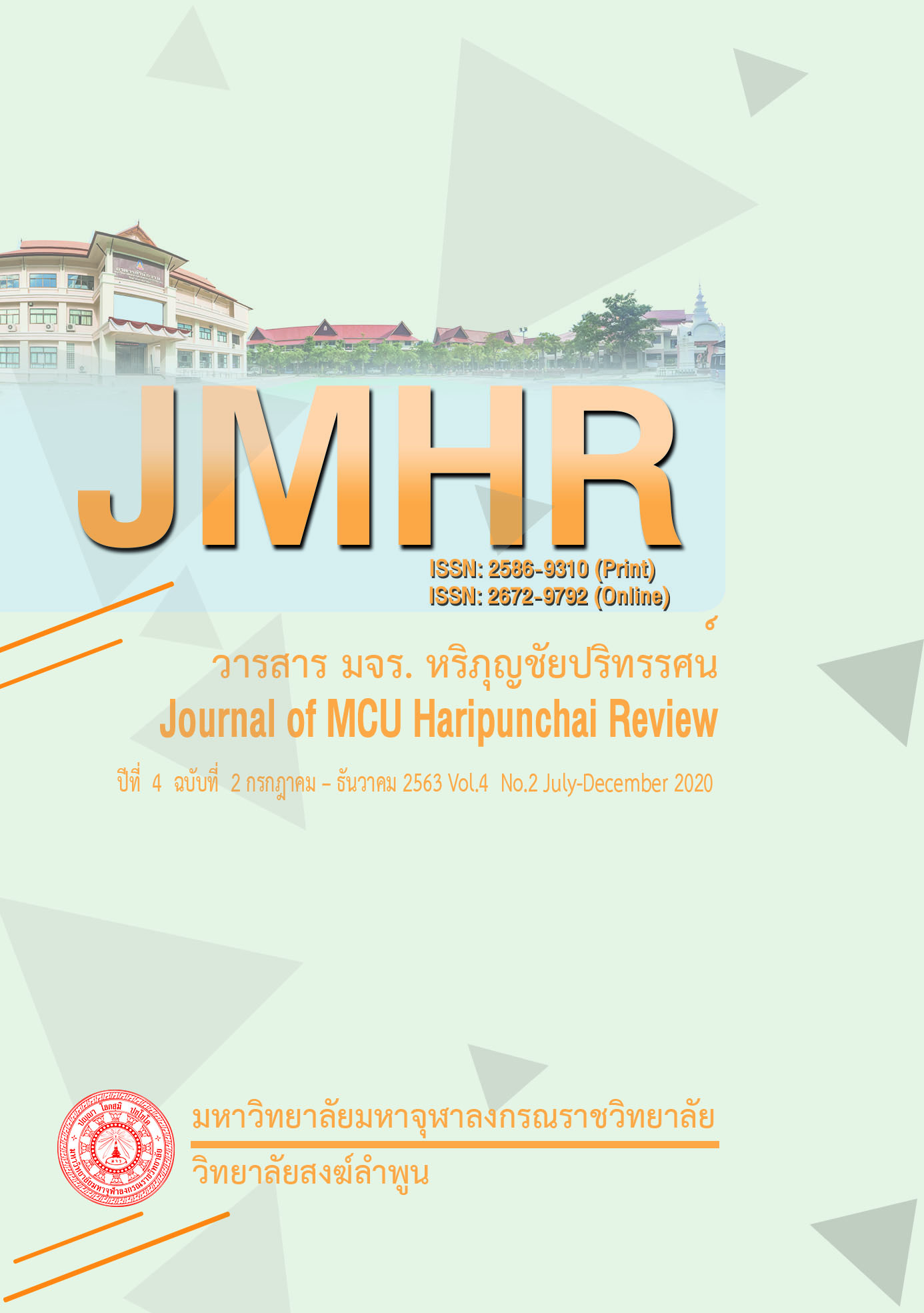The vision of Provincial Electricity Authority and the Future of Electric Vehicles
Main Article Content
Abstract
This article aims to study the vision of Provincial Electricity Authority which is the state enterprise of electric power in Thailand. To prepare for the changes in the use of cars from the original that used fuel as the main energy Become a car that turns to electric power that will become widely available in the near future. To complete the missions currently carried out It is consistent with the needs and changes according to the behavior of the customer or the light user that not only wants to use electrical energy with electrical equipment in the house or operate a business only, but if it is the demand for electric power in a new form for use with electric cars that can commute to various locations.
It is a challenge to change the role of the organization. To keep pace with patterns of electricity that are different from the past, the Provincial Electricity Authority Has begun operations on electric cars in order as follows: 1) Develop a research project and create a charging station network system. 2) Consider issuing regulations, rules and standards related to electric cars as a guideline for customers who use the power of Provincial Electricity Authority. 3) Established 62 pilot electric vehicle charging stations across all regions of the country, Phase 1 to be used in 2021, totaling 61 stations. 4) Create an Application on a Smartphone called PEA VOLTA to connect to the use. Charging station Customer Service Provincial Electricity Authority
Article Details
References
(กรกฎาคม – ธันวาคม)
2. ศฤงคาร พันธุพงศ์. (2540). ประวัติศาสตร์ยุโรป 2. พิมพ์ครั้งที่ 2 . กรุงเทพมหานคร. สำนักพิมพ์มหาวิทยาลัยรามคำแหง
3. สลิลรัตน์ ชูโชติ. (5 กุมภาพันธ์ 2563). เรื่องของ “ควาย” ที่เลือนหายจากวิถีไทย. สืบค้นเมื่อ 6 ตุลาคม 2563. จาก http://secretary.dld.go.th/webnew/index.php/th/news-menu/dld-editorial-menu/
5783-2020-02-05-03-42-27
4. สินธุ์ชัย ภมรพล. (4 พฤษภาคม 2560). รถ กับ คน. สืบค้นเมื่อ 7 ตุลาคม 2563. จากhttps://www.bangkok biznews.com/blog/detail/641145
5. สมเกียรติ ผโลประการ. (30 เมษายน 2560), “ค่าใช้จ่ายของรถยนต์ไฟฟ้า เทียบกับรถยนต์ Hybrid”. สืบค้นเมื่อ 6 ตุลาคม 2563. จาก : http://www.somkiet.com/Miscellaneous/EVCarCost.htm
6. สำนักงานนโยบายและแผนพลังงาน กระทรวงพลังงาน. (2 สิงหาคม 2560). รายงานแผนพัฒนาโครงสร้างพื้นฐานด้านไฟฟ้า เพื่อรองรับยานยนต์ไฟฟ้าของประเทศไทย. สืบค้นเมื่อ 6 ตุลาคม 2563. จาก
http://www.eppo.go.th/index.php/th/eppo-intranet/item/12438-ev-plan
7. Jitrin Prukesangkul. (9 ตุลาคม 2562). เปิดข้อมูล Tesla Roadster ที่ Elon Musk บอกว่ามันจะเป็น “รถยนต์ ไฟฟ้าสุดเทพ” วิ่งได้ 1,000 กม. สืบค้นเมื่อ 8 ตุลาคม 2563. จาก
https://www.magcarzine.com/tesla-roadster-2020/
8. สมบูรณ์ หน่อแก้ว, (2560). ทิศทางและอนาคตของรถยนต์ไฟฟ้าแบตเตอรี่. บทความวิชาการส่วนบุคคล นักศึกษาวิทยาลัยป้องกันราชอาณาจักรรุ่นที่ 60 สถาบันวิชาการป้องกันประเทศ
9. บรรยายประชุม ทวารัฐ สูตะบุตร. ผู้อำนวยการสำนักงานนโยบายและแผนพลังงาน กระทรวงพลังงาน. (30 สิงหาคม 2560). Create the Future Energy: อนาคตพลังงานไทย ๔.๐.


